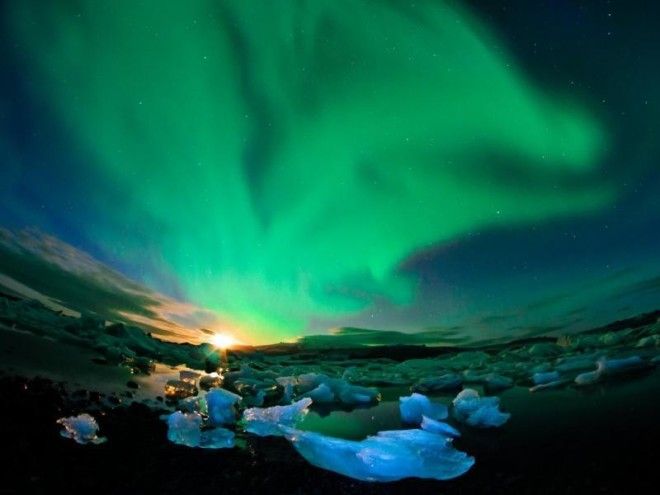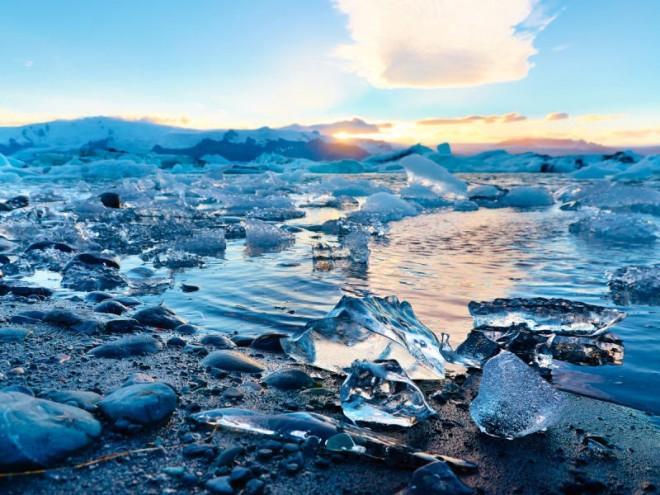But while it's a stunning spot, it's also a visual representation of climate change, as visitors can observe the dynamic melting of the Breiðamerkurjökull and Vatnajökull glaciers that feed it. In fact, the lagoon didn't even exist 60 years ago. Below we've gathered some stunning pictures that will make you want to visit Jökulsárlón Lagoon:
The lagoon is about 200 miles from Reykjavik, within Vatnajökull National Park. The park is also home to Iceland's largest glacier, of the same name.
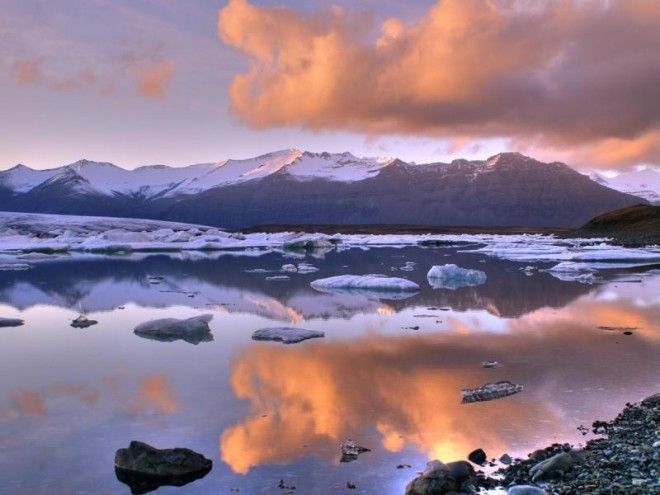
It's relatively new. Until about 60 years ago, the Vatnajökull glacier covered most of the land in the area.
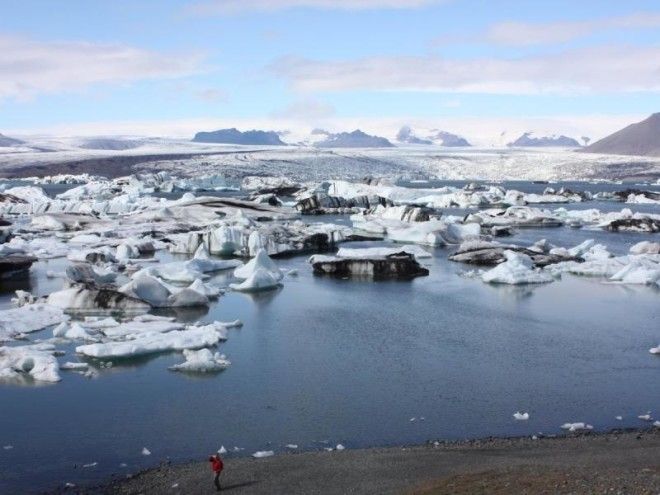
The glacier started receding around 1948, leaving behind deep gorges that filled with melted glacier water, which ultimately became the lagoon.
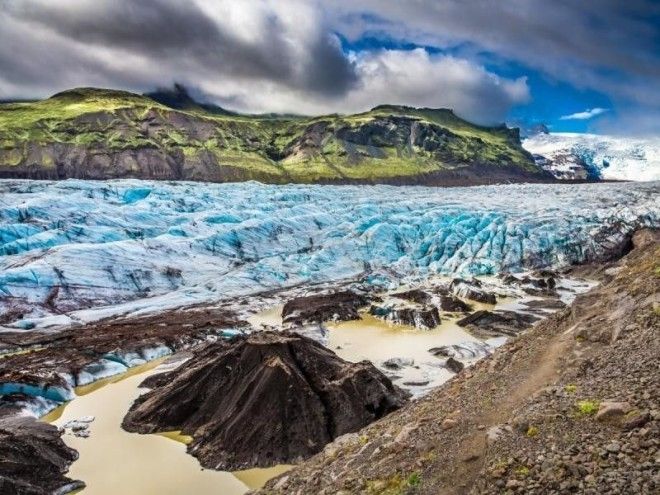
It is now the deepest lake in Iceland, at over 800 feet. It continues to grow bigger and deeper as the glacier continues to melt and recede.
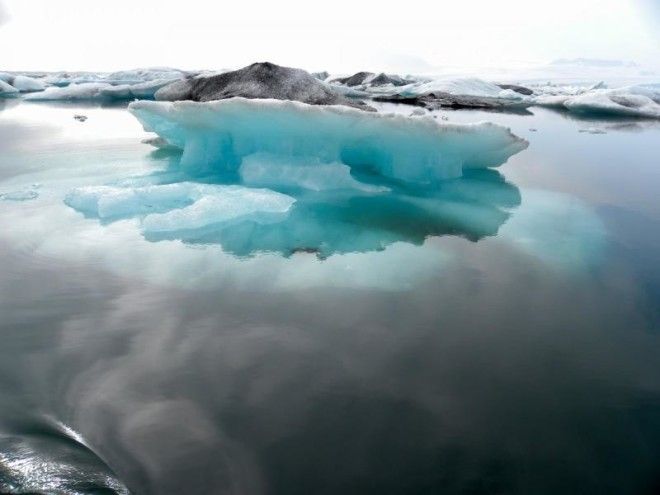
Advertising
As the glacier recedes, massive chunks of ice break off of it and into the lagoon, where they start floating toward the ocean.
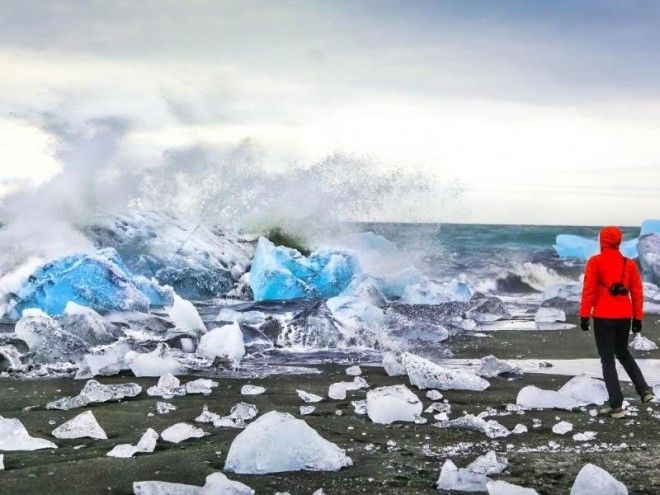
Amphibious boats let tourists get up close and personal with these icebergs.
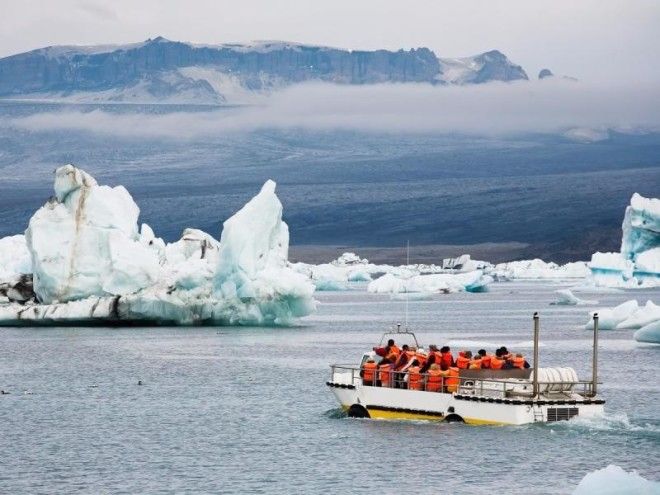
The lagoon is also home to playful seals, who catch the many fish that drift into it from the sea.
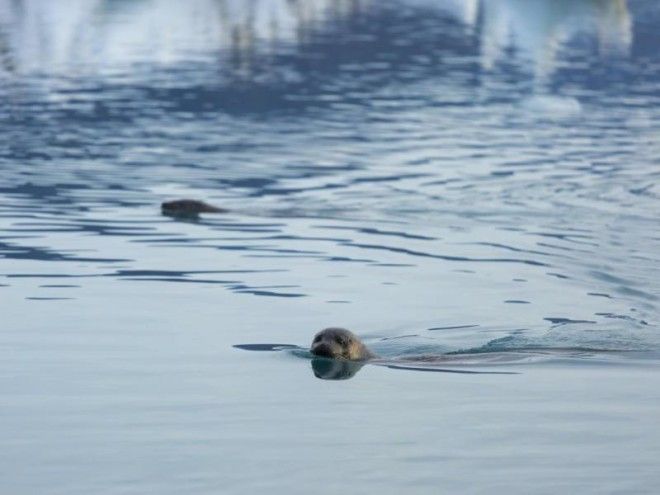
Icebergs range in color from white to a bright, icy blue, depending on the amount of air trapped inside of them.
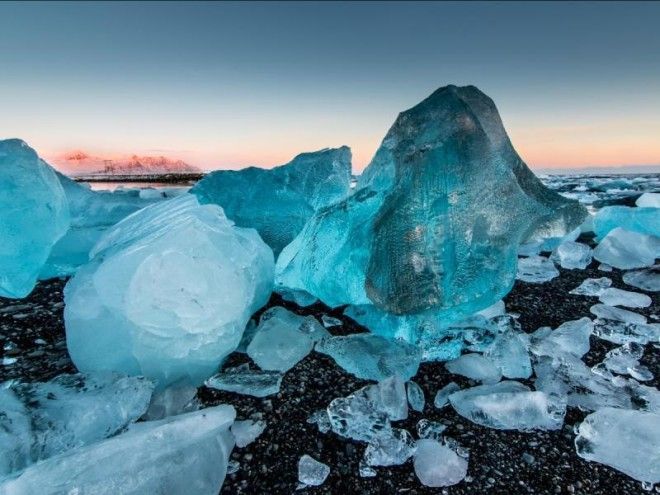
For the ultimate optical overload, catch a view of the Northern Lights from the lagoon during Iceland's long, dark winters.
